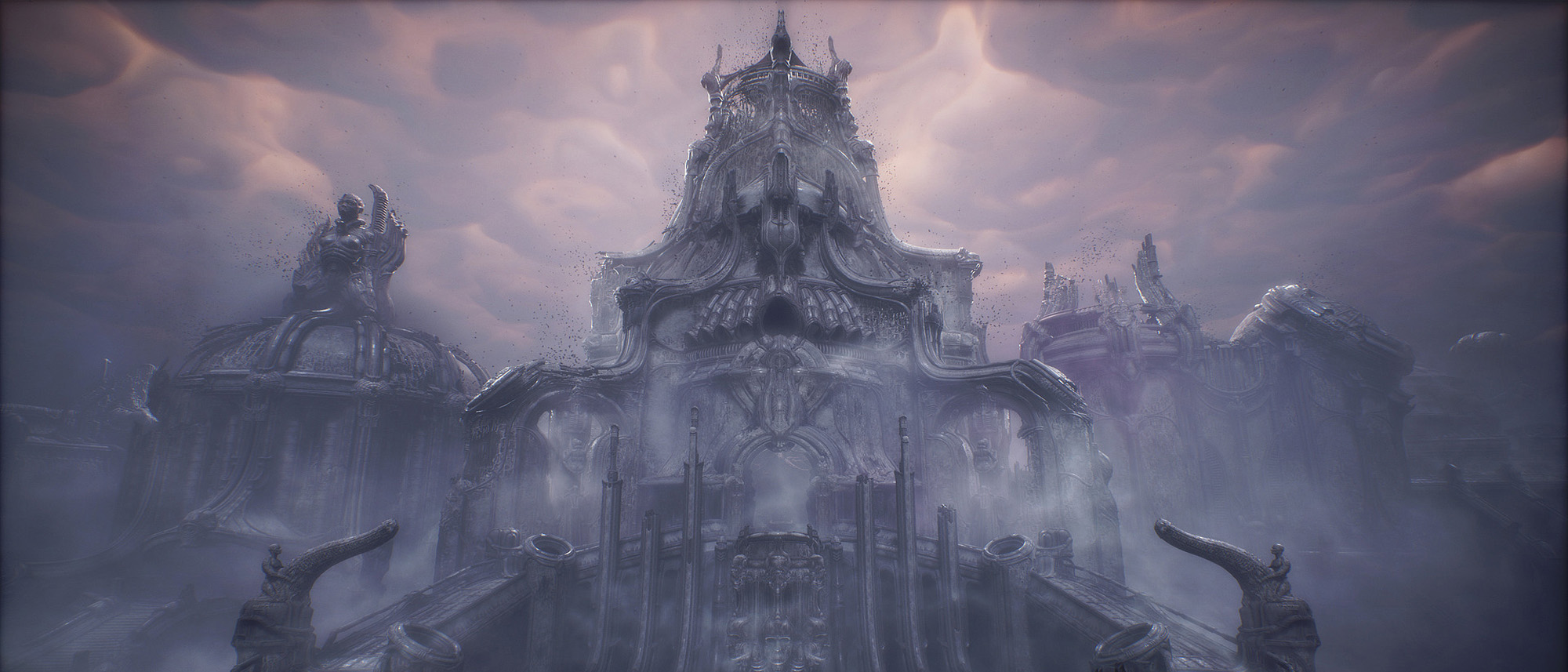Tom's Guide Verdict
Scorn is a horror/adventure game filled with grotesque depictions of rot, gore and terror. It instills a sense of foreboding dread extremely well with its abstruse, minimal storytelling. This isn’t a game for the faint of heart or stomach, though.
Pros
- +
Stunning visuals
- +
Atmospheric sound design
- +
Impactful environmental storytelling
- +
Awesome sense of dread
Cons
- -
Clunky combat
- -
Needlessly abstruse story
Why you can trust Tom's Guide
Platforms: Xbox Series X|S, PC
Price: $40
Release date: October 14, 2022
Genre: Horror/adventure
Scorn’s delightfully and disgustingly gory presentation enraptures you right from the outset. On the surface, the developers opted to garner attention through shock factor. But beneath the game's gory façade lies a horrifying existentialist tale told through minimalism, symbolism and environmental storytelling.
In fact, Scorn relies so heavily on those things that it's almost an exercise in futility to try to completely grasp what’s going on. Combine that level of opacity with a clunky combat system and generally unforgiving gameplay, and you have a game that could have been a masterpiece, but falls short. When you see Scorn's potential for greatness, its faults become much more visible.
As you’ll see in this Scorn review, the game balances a constant, often overwhelming sense of unease and dread with enjoyable gameplay, although frustration creeps in at later points in the experience.
Scorn review: Gameplay and mechanics
Scorn is a first-person horror/adventure game, filled with grotesque imagery, intense combat situations, and, most importantly, puzzles. Every act has puzzles to solve in order to progress, although what you’re progressing toward is unclear, even at the end.
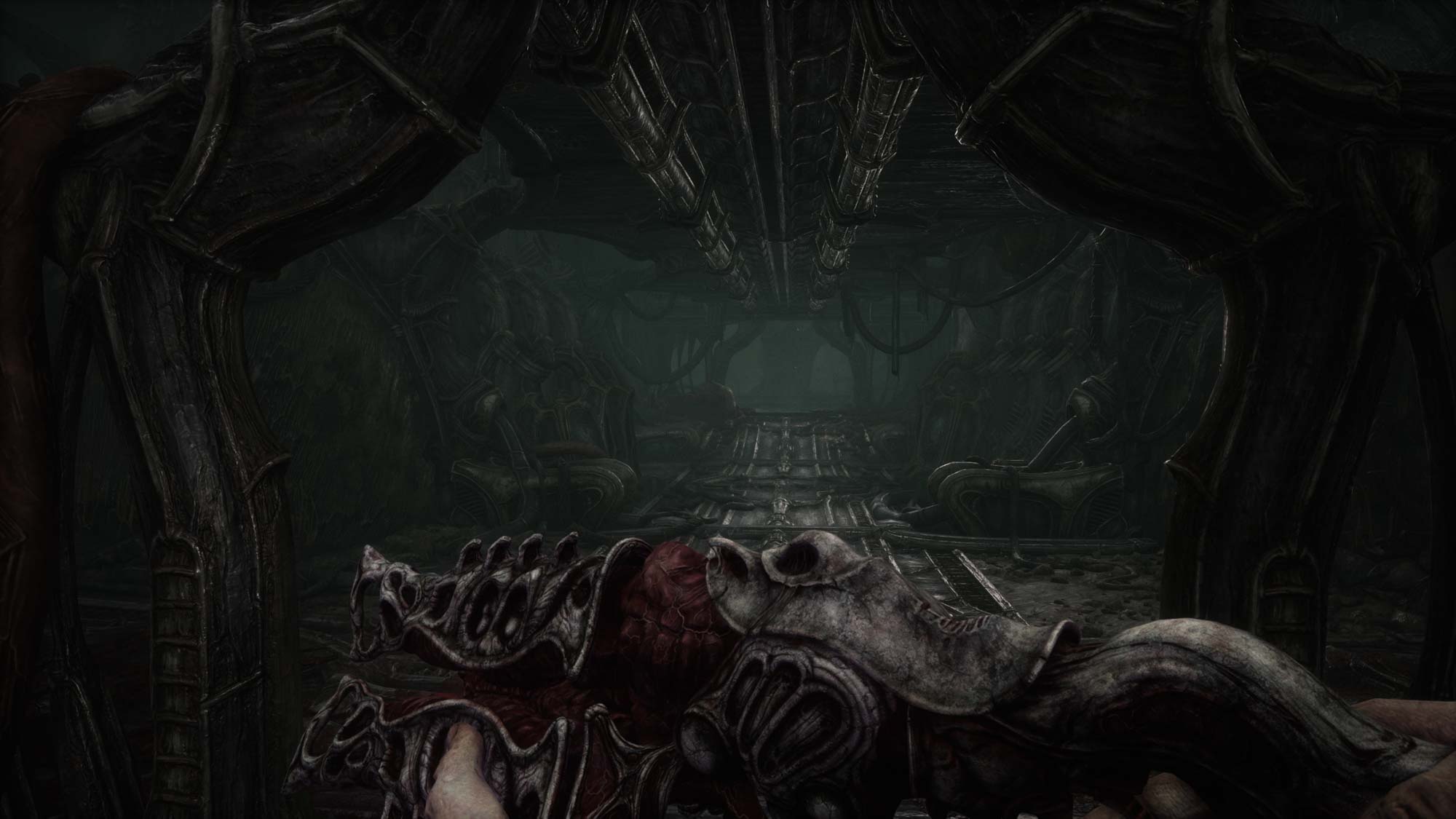
You will spend most of your time in Scorn with these puzzles, which can seem like Russian nesting dolls at points. Some of the answers are incredibly obscure, and can take a long time to solve, even for experienced puzzle game players.
For combat, you get four weapons: a jackhammer-like tool for melee, a pistol, a shotgun and a grenade launcher. Ammo is exceedingly scarce, which means I had to plan my encounters with absolute perfection. And even then, I had to rely on getting in close when I couldn’t find an ammo station.
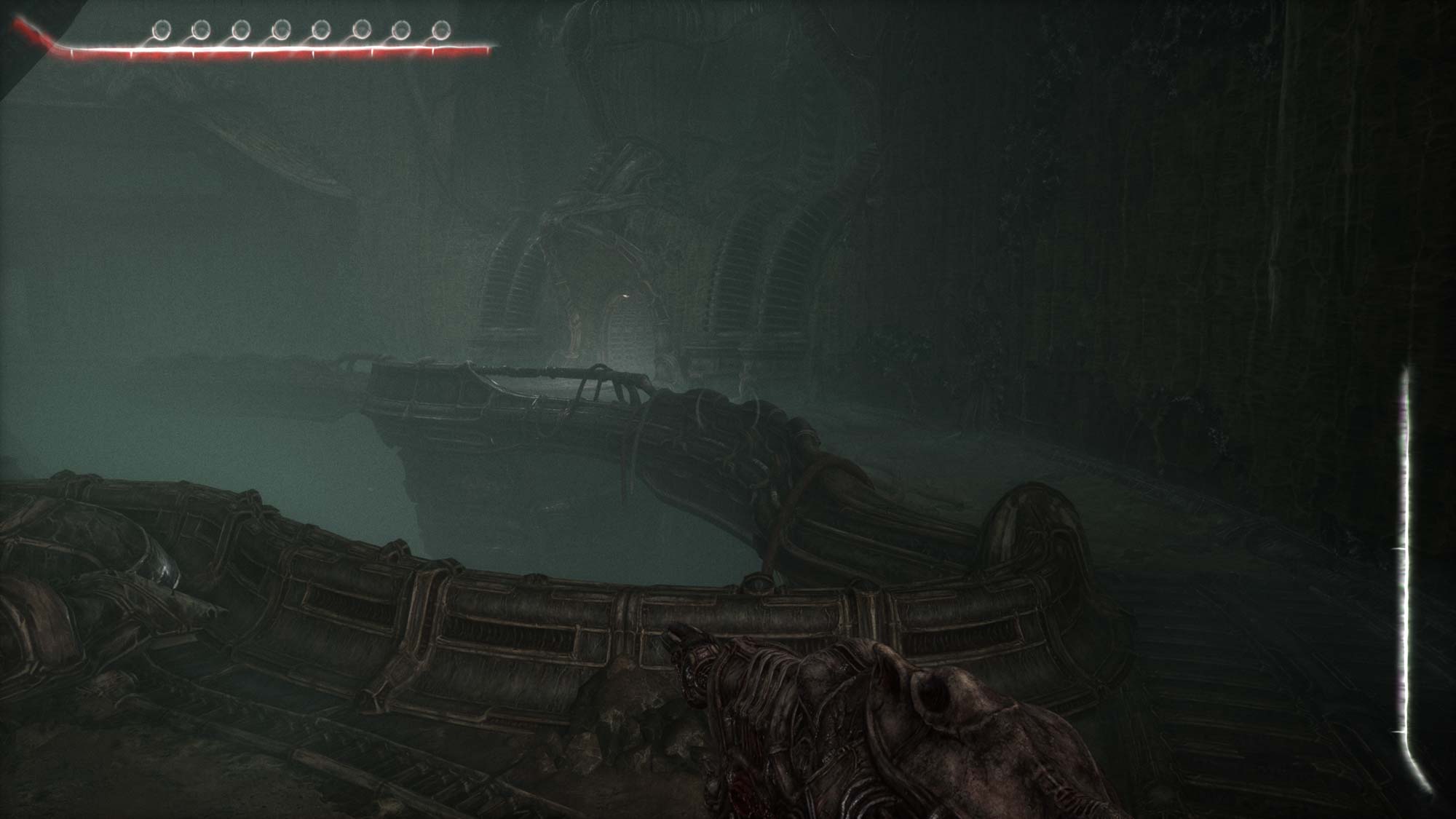
The protagonist moves slowly, even while switching weapons and reloading, which adds even higher stakes to the combat. Walking in unprepared, with the wrong weapon in hand, could cost you your life. However, Scorn does offer some avenues for escape, which sometimes give you the opportunity to heal, reload or switch up your guns.
Get instant access to breaking news, the hottest reviews, great deals and helpful tips.
Combat could admittedly be better. The clunky aiming system, for example, provides unnecessary stress. You have to stand still and keep your finger on the aim-down-sights button so that your reticle shrinks. The reticle’s size affects your accuracy, and you definitely don’t want to waste ammo.
Scorn’s relentless sense of doom also affects healing opportunities, which, like ammo, are limited. You’ll need to find health stations scattered throughout the acts, because you will take damage from both battles and story scenes. Even then, you’ll want to approach every corner and corridor with caution. The game will often throw multiple enemies at you in later stages, most of which do not go down easily.
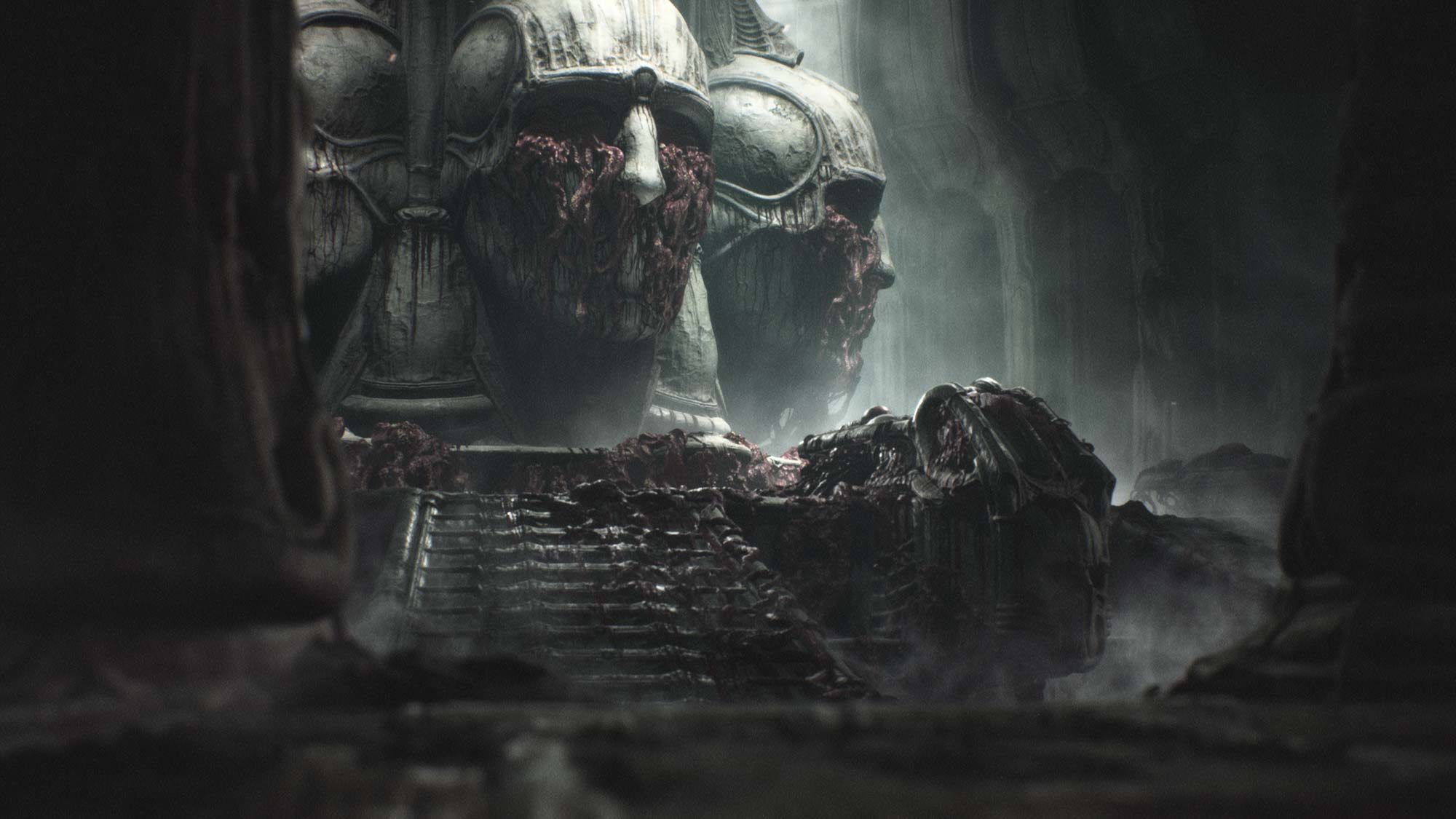
Scorn offers no hints, no tutorials, no dialogue and only a handful of brief cutscenes. The game does at least provide a map of controls in the pause menu, as well as a small popup when you interact with objects. Otherwise, you’re on your own to figure out most of the mechanics, and that's part of the fun.
Scorn review: Story and setting
Scorn’s story is abstruse, to say the least. In the first act, you fall into a pit, with a massive door blocking your way out. However, the door’s controls require two people to operate, and you’re all alone. Things just get weirder from there. The game never explains why you’re trapped in a biomechanical hellscape, even as you progress further into its horrifying depths — and later, up to a sky palace.

Without dialogue or any way to learn the lore, you’re left to interpret Scorn's story and meaning for yourself. And here, I'd always thought that FromSoftware titles were vague.
You play as an unnamed protagonist in an unknown wasteland: a humanoid afflicted with a parasite that has slowly started to consume you. I assume the goal is to remove said parasite, but how the protagonist knows to do so is never explained. Furthermore, it’s unclear, but it seems that the character in the first act is not the same as the one you play from the second act onward. Scorn, of course, does not tell you this definitively.
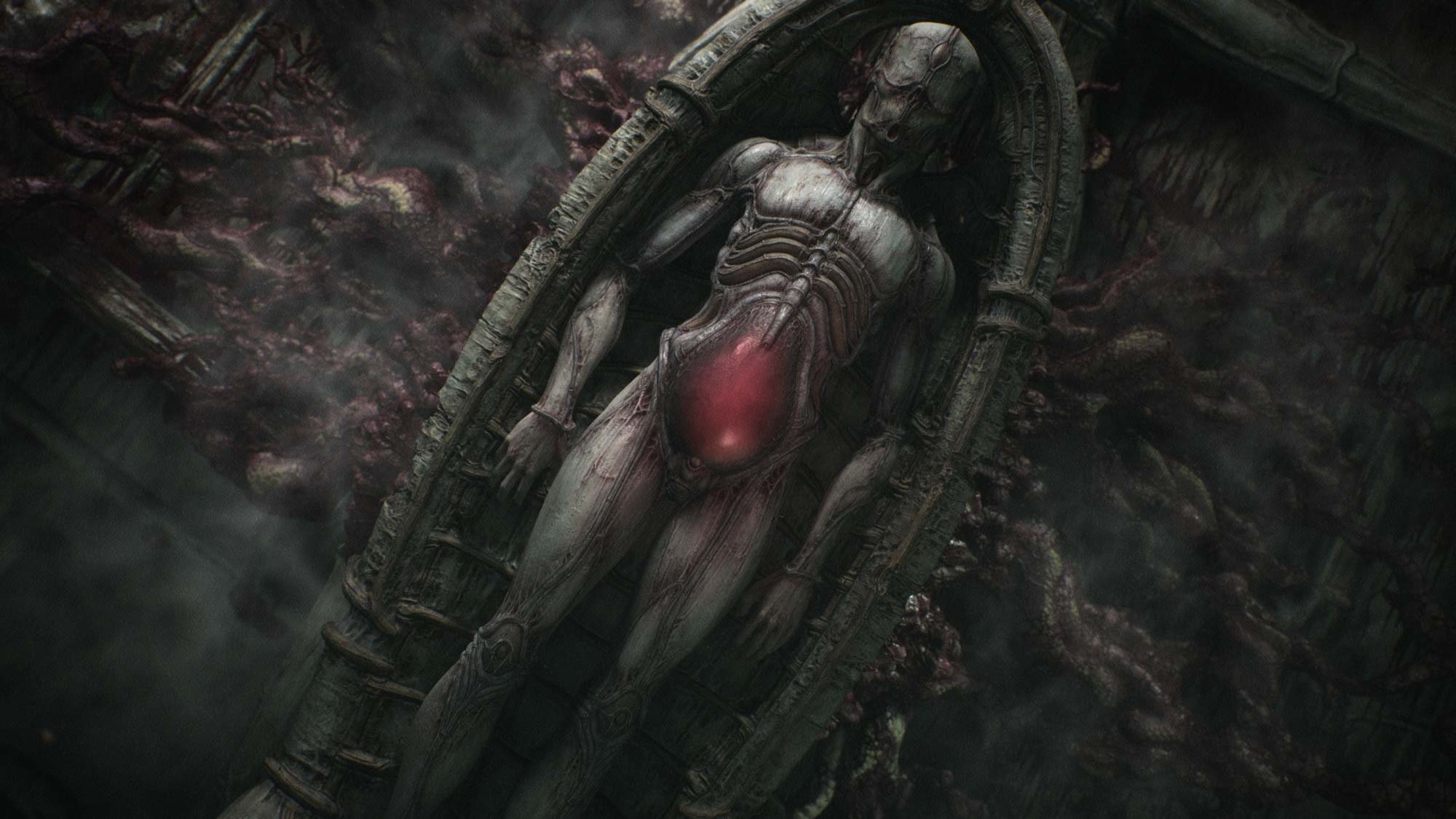
Scorn’s vagueness continues right up to the ending — which takes about five to eight hours to reach — and I left my playthrough with a deep lack of satisfaction.
And that’s the problem with Scorn. It leans too heavily into the obscure, giving you nothing to work with. In games such as Dark Souls or Elden Ring, the storytelling works, because you get just enough information to reach your own conclusions. Scorn is devoid of anything like that, leaving you with no answers to your burning questions. Why are you in this hellhole? What are these flesh growths? Why do the enemies attack you? What is the creature in the fourth act? What was the point of the ending?

I love stories that are shrouded in mystery, especially ones that do most of their storytelling through the environment. But good environmental storytelling requires a starting point, and Scorn fails in that regard.
Scorn review: Visuals and sound
Scorn looks great, with stunning visuals that immediately pull you into its terrifying universe. I played the game on PC and experienced no issues. In fact, with the game’s art design, perhaps Scorn looked a little too good on my screen. The unsettling world required me to take frequent breaks.
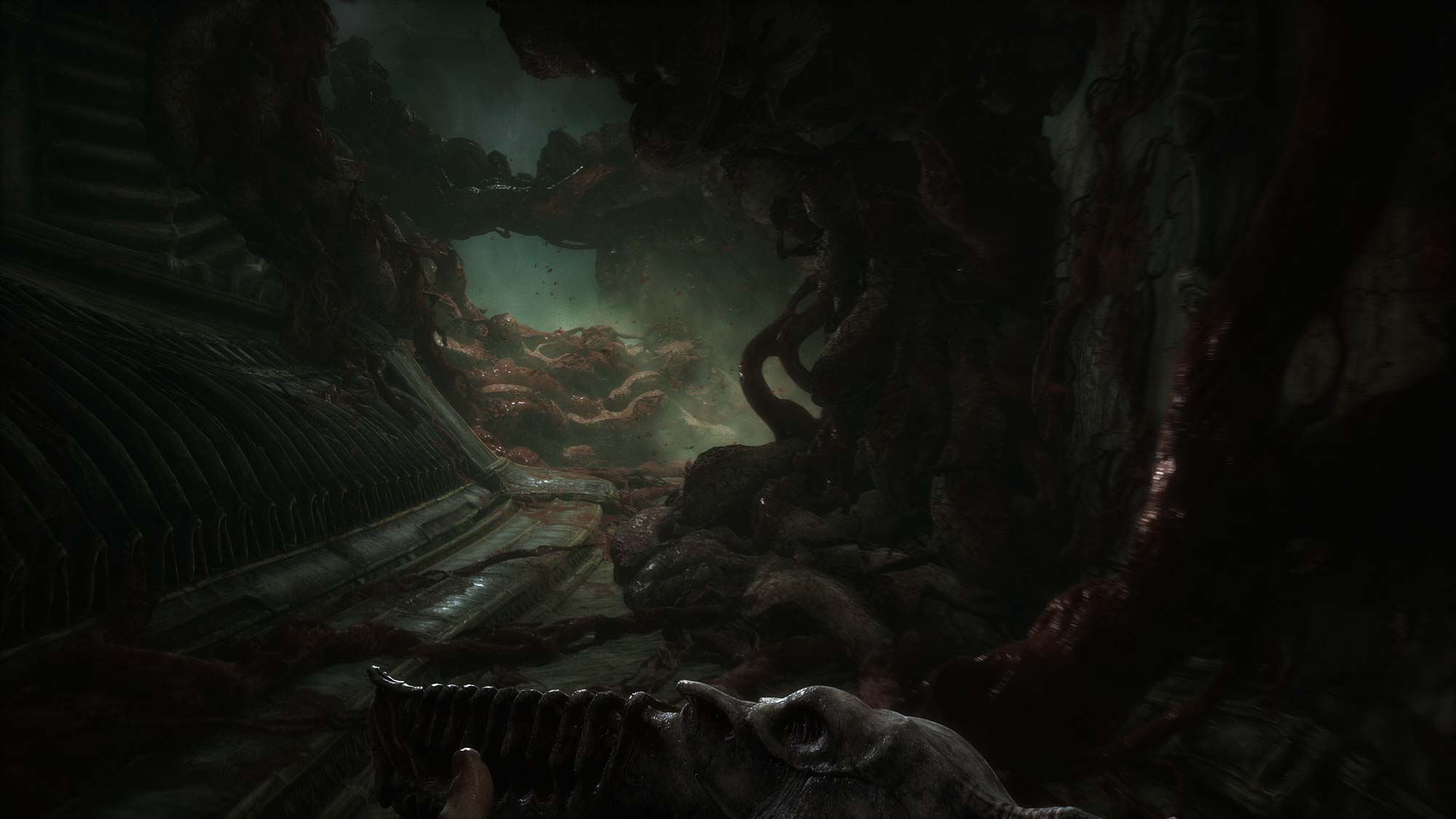
Scorn nails its presentation, which is important in a game that relies so heavily on environmental storytelling. The world itself speaks to you, as if it were its own character. What it’s saying, though, is up to your interpretation.
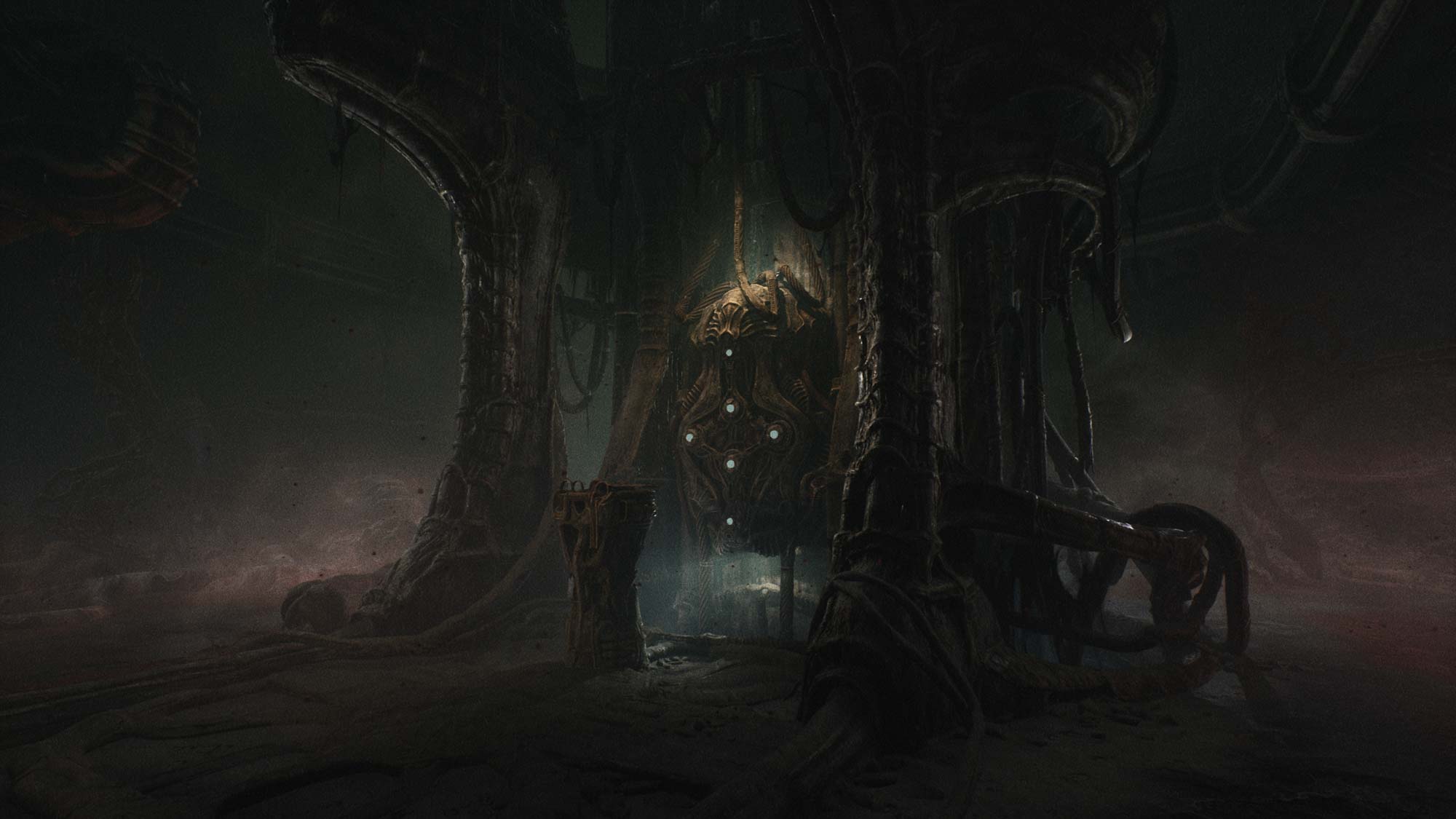
The game's sound design matches the visuals, with a haunting and creepy silences, gross squelching noises from the enemies and flesh growths, and loud gunshots from each of the weapons. Whereas Scorn’s visuals draw you in, the game’s sound keeps you grounded in the disturbing atmosphere. Even after I ended a play session, I found myself genuinely unsettled for a few more moments while my brain adjusted to reality.
Scorn review: Verdict
Scorn is an experience I will likely never forget, which is sometimes all you can ask for in a game. While the combat can be disappointing and the story made absolutely no sense, I recommend picking up this horror/adventure title — if you have the stomach for it.
For $40, Scorn feels a bit on the pricey side, but I still recommend it for horror fans. And even if you, like me, are not one, you might find Scorn to be an enjoyable experience. I definitely did.

Jordan is the Phones Editor for Tom's Guide, covering all things phone-related. He's written about phones for over six years and plans to continue for a long while to come. He loves nothing more than relaxing in his home with a book, game, or his latest personal writing project. Jordan likes finding new things to dive into, from books and games to new mechanical keyboard switches and fun keycap sets. Outside of work, you can find him poring over open-source software and his studies.
